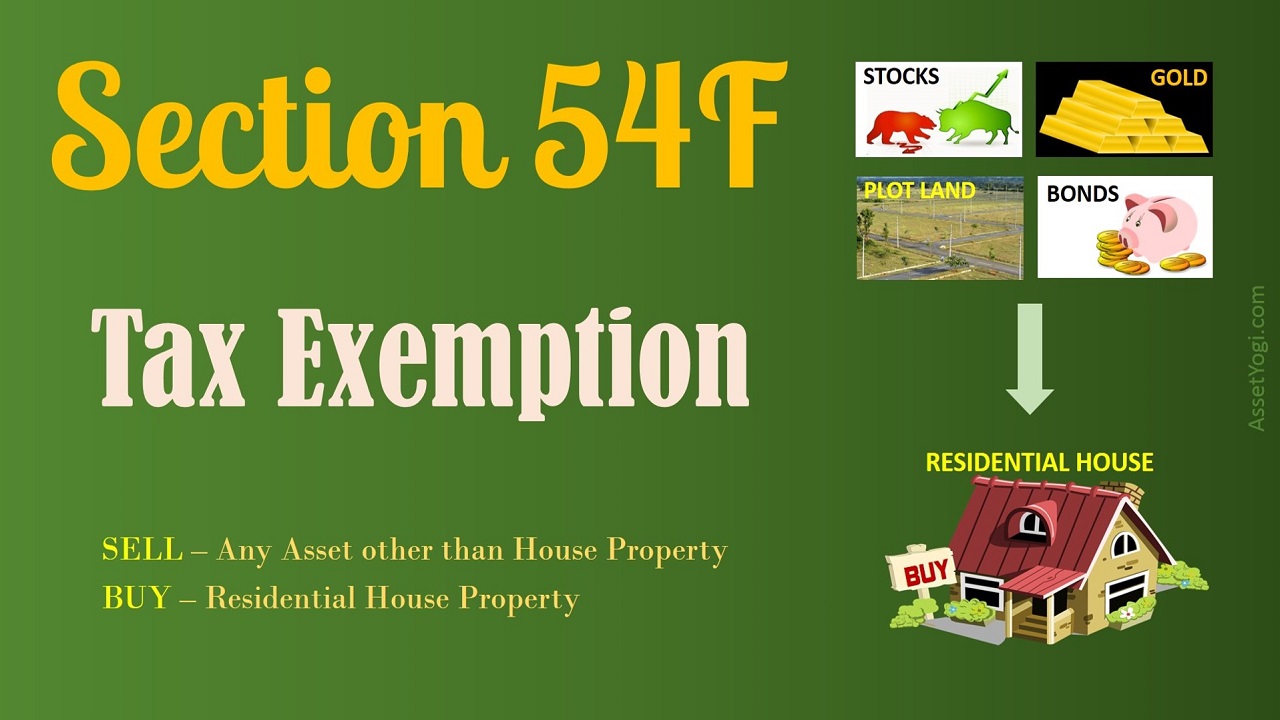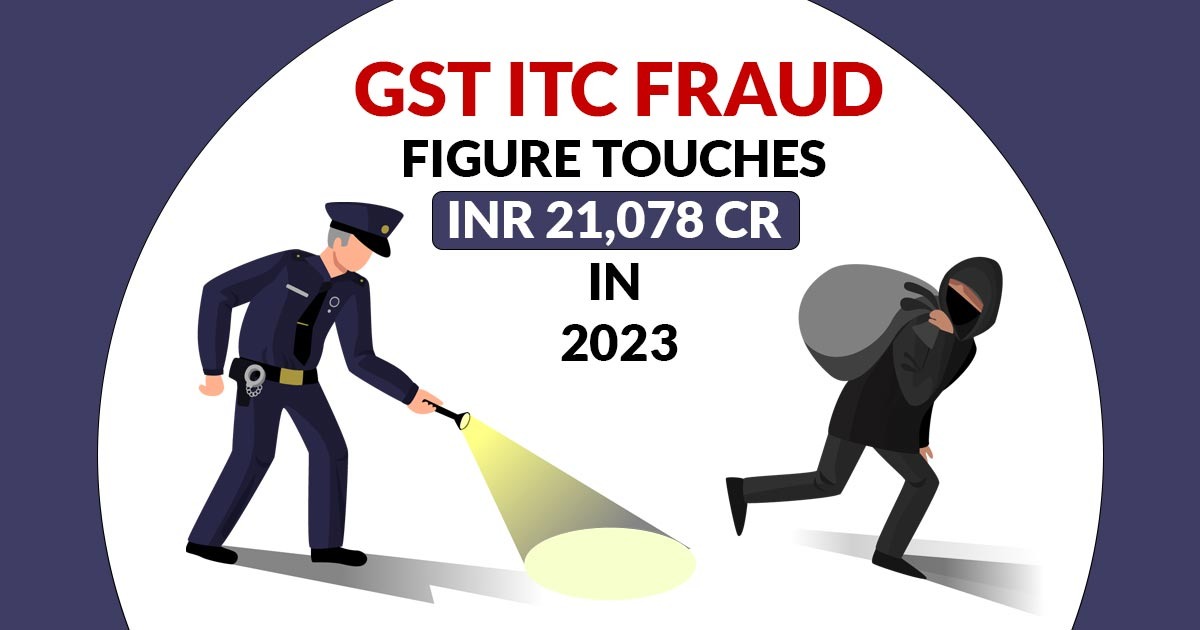C.Y. Somayajulu, J.@mdashAppellant filed O.S. No. 519 of 1982 on the file of the Court of IV Additional Munsif Magistrate, Guntur seeking a mandatory injunction against the first respondent to remove "CD" wall, shown in the plan annexed to the plaint, and for a permanent injunction restraining the respondents and their men from interfering with his use of the joint passage shown as "ABCD" in the plan, to reach his plot shown as "CGFE", from the road on the north, alleging that the portion shown as "ABCD" in the plaint plan is set apart for a common passage between him and the respondents and even otherwise he also acquired an easementary right over ''ABCD'' portion of the plaint plan to reach his site shown as "CGFE" from the road on the north. First respondent filed his written statement denying the claim of the appellant, contending that the appellant has no right over ''ABCD'' portion of the plaint plan as he has been using a portion of the land to the west of "CGFE" portion of the plaint plan in order to reach the main road on the west. Second respondent filed a written statement supporting the case of the appellant. In support of his case appellant examined himself as PW.1 and two other witnesses as PWs.2 and 3 and marked Exs.A.1 to A.8. In support of his case first respondent examined himself as DW.1 and another witness as DW.2. No documentary evidence was adduced by the respondents. The learned trial Judge decreed the suit granting the relief sought against the first respondent only and dismissed the suit against the second respondent. On appeal in A.S. No. 144 of 1986 by the first respondent, the learned III Additional District Judge, Guntur allowed the appeal and dismissed the suit against the first respondent also. Hence this second appeal by the plaintiff in the suit.
2. The point for consideration is whether the appellant has a right of way over the portion shown as "ABCD" in the plaint plan?
3. The specific averment in para-3 of the plaint is that appellant is in occupation of "X" marked portion and 1st respondent is in occupation on "Y" marked portion in the plaint plan, (which are house portions) and that they occupied Gramakantham Poramboke opposite to their respective portions on the western side of their house portion about more than 25 years prior to the filing of the suit, for the purpose of tethering their cattle and to store manure, and thus "CGFE" marked portion is under his occupation and "A1 A2 E D" marked portion is in the occupation of the first respondent and "A A1 A2 A3" portion is in the occupation of the second respondent and that "ABCD" marked portion is set apart as a passage to reach their respective sites from the road on the north, and in any event since he has been using the portion marked "ABCD" in the plaint plan without interruption from anybody, he acquired a prescriptive right of easement over the said "ABCD" marked portion to reach his portion shown as "CGFE" in the plaint plan.
4. The main contention of the appellant is that "ABCD" marked portion of the plaint plan is set apart, by an agreement between the parties, to be used as a pathway. His alternative plea is that he acquired prescriptive right over the said "ABCD" portion to reach "CGFE" marked portion of the plaint plan which is in his occupation. The entire portion shown as "A3 B G F", shown in the plaint as per the averments in the plaint, is Government Poramboke. Even assuming that appellant has been in exclusive enjoyment of "CGFE" portion of the plaint plan, for the appellant to acquire a prescriptive right over "ABCD" portion, to reach his land shown as "CGFE", he has to establish that he perfected his right over "CGFE" portion by adverse possession against the Government, and thereafter he has been using the "ABCD" portion for 30 years, from two years prior to filing of the suit, because as per Section 15 of the Easements Act, for a person to prescribe easementary rights over a Government Land, he has to exercise the right for a period of over 30 years, and since "CGFE" portion continues to be the Government Land till the appellant acquired a right thereon by adverse possession, and when both "ABCD" and "CGFE" portions continue to be the lands belonging to Government, they cannot be ''dominant'' and ''servient'' tenements at the same time. The averments in the plaint is that appellant is in occupation of the "CGFE" portion of the plaint plan for nearly 25 years. So the question of appellant acquiring prescriptive right of way over "ABCD" portion of the plaint to reach "CGFE" within 25 years does not arise. There is no evidence on record to show that there was an agreement between the parties to set apart "ABCD" marked portion of the plaint plan as a passage. So, the theory of an easement by agreement cannot be believed.
5. In the above circumstances, the oral evidence adduced by the appellant, contrary to his own plaint case, is of no consequence. Sri Krishna Murthy, learned counsel for the appellant, has taken me through the entire oral evidence and tried to draw some support from some admissions made by the respondents that the appellant is in occupation of the portion shown as "CGFE" for nearly 30 to 40 years. That admission are of no help because evidence was recorded several years after the institution of the suit, and the user, as stated by witnesses, can only by approximate but not exact. That apart the settled position of law is that a party can succeed on the evidence adduced which is in consonance with his pleading, but not on the evidence which is contrary to his pleadings.
6. All these apart when it is the contention of the appellant that he acquired as easementary right over the Government Land, Government is a necessary party. But for the reasons best known to him appellant did not made the Government a party to the suit. That circumstance is sufficient to non-suit the appellant. In view of the above, the learned appellate Judge dismissing the suit of the appellant on the ground that he failed to establish any type of easement cannot be said to be erroneous. Two decisions are relied on by the learned counsel for the appellant. In

